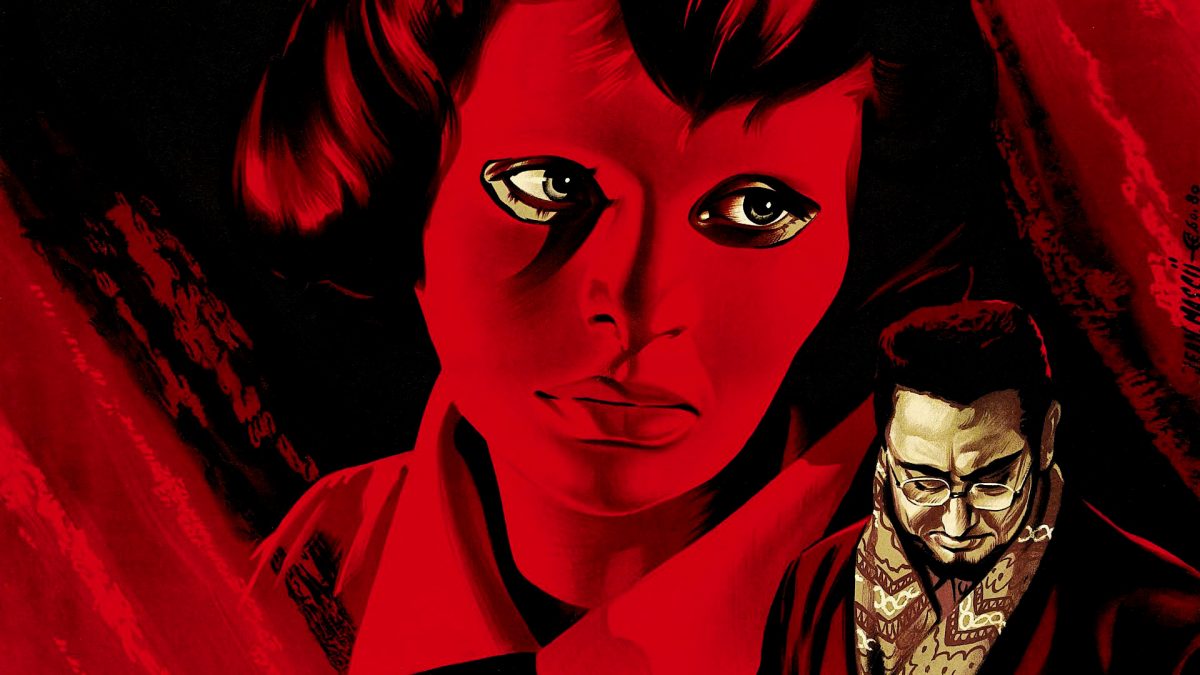Eyes Without A Face

Les yeux sans visage
Georges Franju
France – 1960

Screenplay: Pierre Boileau, Thomas Narcejac, Jean Redon, Claude Sautet, Pierre Gascar
Cinematography: Eugen Schüfftan
Production: Champs-Élysées Productions, Lux Film
Language: French
Duration: 84 min
Color: Black and White
Synopsis: After causing a car accident that leaves his daughter Christiane severely disfigured, the brilliant surgeon Dr. Génessier, insane with grief and guilt, works tirelessly to give the girl a new face. Aided by his assistant Louise, the good doctor kidnaps pretty young women, removes their faces, and tries to graft them onto Christiane’s head. All the experiments fail, the victims die, but Génessier keeps trying… until the girl begins to suspect what is really going on.
Notes:
Georges Franju’s 1959 Les Yeux sans visage (Eyes Without a Face) is a remarkably dense film that brings together a careful philosophical questioning attuned to its post-1945 conceptual-historical context, a series of literary tropes concerned with both aesthetics and technological modernity, and a patiently self-reflexive cinematic imagination attentive as much to genre as to form. It was directed by a filmmaker best known today for the ultra-realist horror of Blood of the Beasts—his 1949 documentary of Paris’s horse, sheep, and cow abattoirs—as well as for a series of later melodramas centered around masks and unstable subjectivity, including remakes of Louis Feuillade’s 1910s classics Judex and Nuits rouges. Jean Rendon prepared the film’s script, which was based on a 1959 novel by Pierre Boileau and Thomas Narcejac—co-writers best remembered for books that inspired Hitchcock’s Vertigo and Clouzot’s Les Diaboliques. Just like those films, Eyes without a Face is a cinematic meditation on an impossible and unsustainable yet ineluctable return of the same—a same whose loss has led to incapacitating guilt and the creation of extra-legal realms of judgment. These resources play a major role in the film and transform Christiane’s lack of a face and the effort to restore it into a cinematic argument heralding the ruin of natural beauty and genuine face-to-face relations. This thinking of ruin leads in turn to a theorization of the postwar world as premised on ethical and aesthetic opacity.
This argument on the demise of beauty and the impossibility of its restoration is a political one. The film’s central critical and aesthetic-political claim is that modernity and modern science have condemned themselves to a situation where they are bound to seeking to fix what they themselves are responsible for breaking; they have ruined a natural state of beauty that they now wish to reconstruct. But they will not find success; they will suffer the wrath unleashed by modernity’s victims. If there is a post-World War II politics in the film, it is that the return to a status quo ante cannot occur, that the post-war artificial reconstruction of a natural sublime can only momentarily match and perhaps even surpass it, but it cannot maintain it. The film argues that this is bound to fail. This is the double claim made by Eyes Without a Face, its contribution to the postwar scene. First: an effort to reconstruct a natural transparency, identity, and beauty that has been lost, that has been wounded by man, is bound to fail, and to fail catastrophically. Second, the experience of a pure sublime or a pure horror has now become historically impossible: opacity and masks and disguise have become necessary in a world where transparency lives no longer.
Excerpts from Geroulanos, Stefanos. “Postwar Facial Reconstruction: Georges Franju’s Eyes Without a Face.” French Politics, Culture & Society 31, no. 2 (Summer2013 2013): 15-33.


